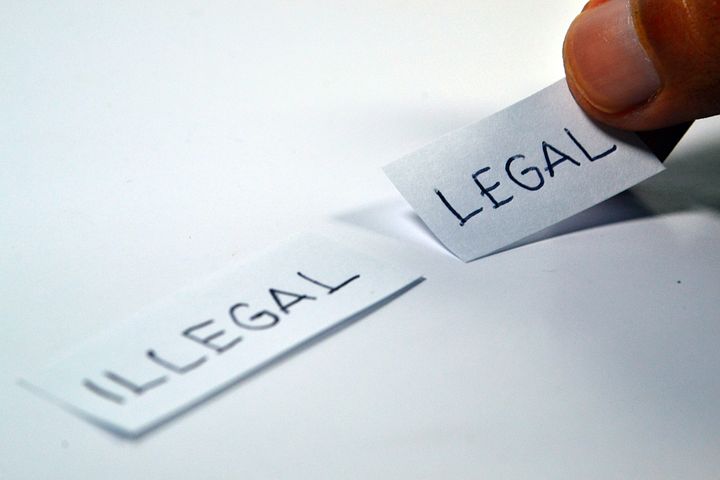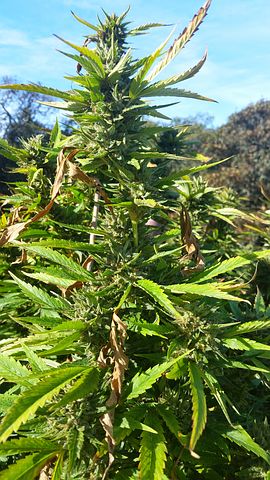Marijuana is America’s number one cash-crop and has been around since the founding of America. It is woven throughout the tapestry of our history – the founding fathers even wrote the Declaration of Independence on hemp paper! But for various reasons, its use was prohibited in the 1920s and by the 1930s it was regulated as a drug in every state. Despite the plant’s almost endless uses and medicinal benefits, multiple attempts to legalize marijuana failed. Until now: 30% of the United States of America has decriminalized the use of marijuana. Some states have gone as far as to legalize marijuana’s recreational use – a huge step. And this progress should continue at an exponential rate. California was the first state to legalize marijuana for medical use and now over 200,000 Californians have received approval. As well as being one of the first states to legalize marijuana for recreational use. California’s marijuana journey from legal to illegal and back again has been an interesting one to say the least and one certainly worthy of an article – hence this article! In this article, we will be discussing the history of medical marijuana in California.

Medical marijuana in California has a long and illustrious history.
Pre-Criminalization
Hemp is one of the oldest known domesticated plants having been cultivated for over 12,000 years. America’s colonists grew hemp to support its expansion in the Americas. George Washington pushed for the growth of hemp and even grew the stuff himself. Throughout the 18th and 19th century the use of hemp for paper, textiles, clothing, rope, paint, insulation, food, and animal feed became ubiquitous throughout the states. Medicinal preparations of cannabis were sold at pharmacies from the early 1850s. However, much was unknown about the plant and it was dumped alongside opiates as a dangerous poison and this eventually led to its prohibition despite it being a huge cash crop, with a smorgasbord of practical and medicinal uses.
Criminalization
The Poison Act was passed in 1907 and following two amendments – one in 1913 and one in 1915 – the possession of “extracts, tinctures, or other narcotic preparations of hemp, or loco-weed, their preparations and compounds” became a misdemeanor and the sale or possession of “flowering tops and leaves, extracts, tinctures and other narcotic preparations of hemp or loco weed (Cannabis sativa), Indian hemp” except with a prescription, was forbidden.
In 1925, possession, which was previously treated similarly to distribution, became punishable by up to six years in prison, and sales on the black market, initially misdemeanors became prosecutable by up to six years. In 1927, laws made to prohibit opium usage were extended to include hemp. After this point, penalties for marijuana possession, sale, and growth ballooned out dramatically and the possible jail time became substantial – up to 15 years.
Decriminalisation
However things couldn’t continue to degenerate, criminalization of any drug can only have so much momentum as prohibition fails completely to thwart the use of drugs. Even in cases where a drug’s use has negative ramifications physically, mentally – and economically, socially, and culturally by extension – prohibition fails us and helps black market drug dealers. Far better in every case is the governmental controlling of dangerous substances and the rehabilitation – not condemnation – of substance abusers so that they may live normal lives independent of drugs. More and more Californian people began to catch on to this way of thinking.
Decriminalization of marijuana, which treats the possession of small amounts of the drug as a civil, rather than a criminal, offense, was established in July 1975 when the Legislature passed Senate Bill 95. Proposition 36 of 2000 was approved by a majority of voters, requiring that “first and second offense drug violators be sent to drug treatment programs instead of facing trial and possible incarceration.”
Then in 2010, the CA State Senate Bill 1449 was signed into law by Governor Arnold Schwarzenegger. This further reduced the charge of possession of one ounce of cannabis or less, from a misdemeanor to an infraction.

Medical Marijuana in California
In 1996 voters approved of California’s medical cannabis program, proposition 215, making medical marijuana in California legal. This modified state law to grant people with any of a given list of chronic illnesses the “legal right to obtain or grow, and use marijuana for medical purposes when recommended by a doctor”. The law also ensured that doctors would not be reprimanded for recommending the drug, and state and federal governments were “to implement a plan to provide for the safe and affordable distribution of marijuana to all patients in medical need.
So there’s our history of medical marijuana in California. We hope you now have a better idea of how far the state has come and that this will provide a greater sense of appreciation when you smoke, drink, or eat your legally owned medical marijuana. The next logical step is to legalize it in all states. This would have advantages far beyond the medicinal, such as dramatically increased tax revenues for the state (illegal drugs cannot be taxed), and the reduction of drug-related crime. Make sure you have your medical marijuana in California card so you can start to benefit from the drug’s long list of health benefits.
